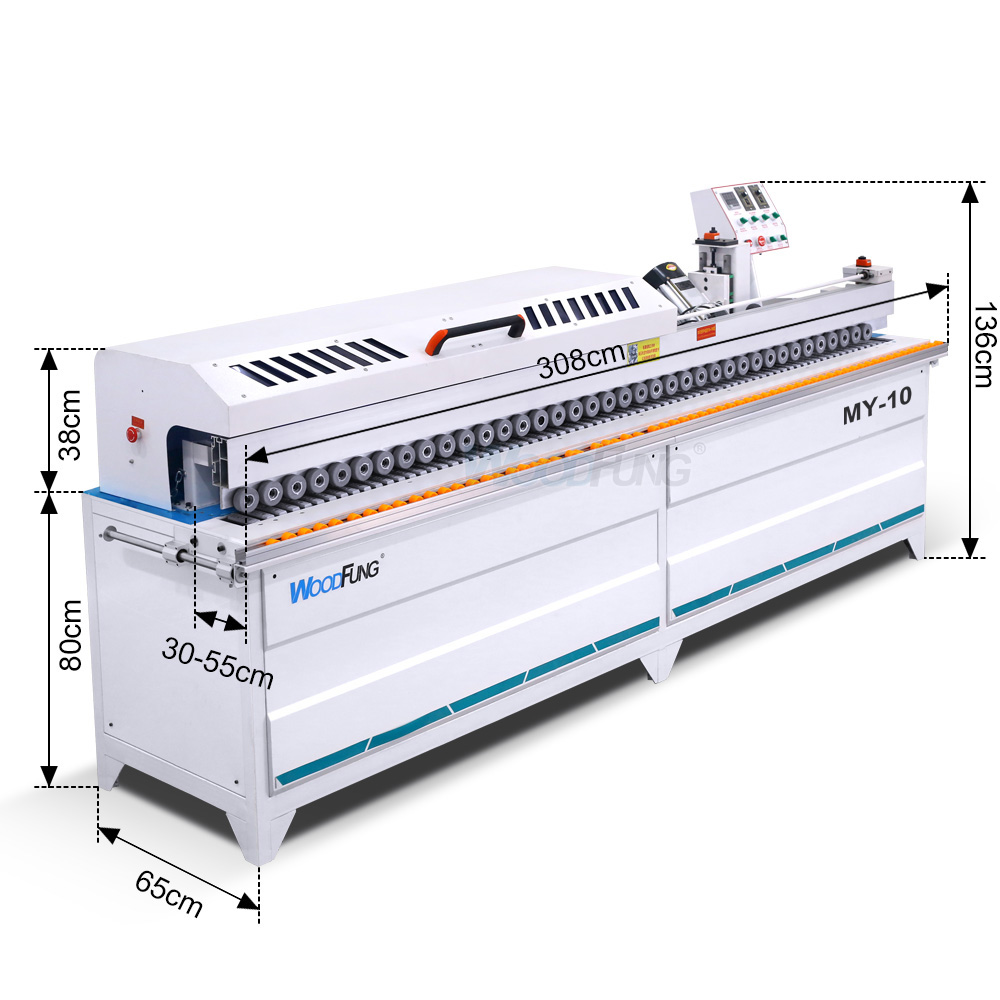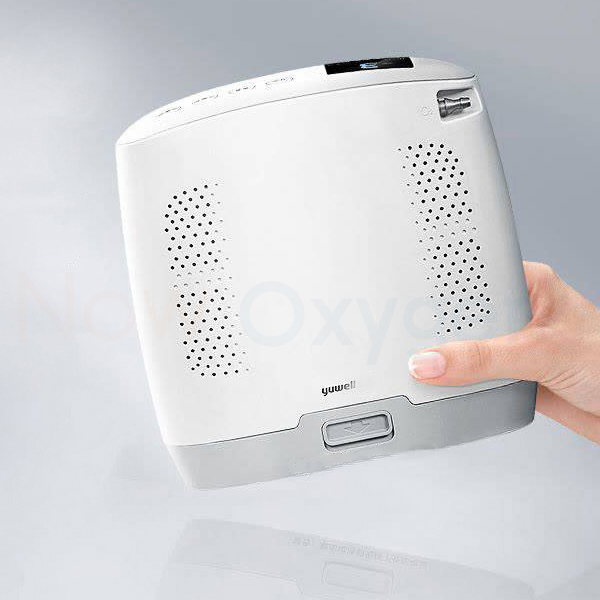
Operating an Edge Banding Machine is essential in modern woodworking, ensuring precise finishes and enhancing the durability of furniture pieces. However, like any heavy-duty machinery, improper use can lead to accidents, injuries, or damage to the equipment. Following proper safety protocols is crucial for maintaining a safe working environment and maximizing the machine’s performance. This article outlines practical safety tips for anyone using an Edge Banding Machine.
Understanding the Edge Banding Machine
Before diving into safety measures, it is vital to understand what an Edge Banding Machine does. This machine is designed to apply a thin strip of material—usually PVC, ABS, or wood veneer—along the edges of panels to create a smooth, professional finish. It may include several components such as heating elements, adhesive applicators, trimming units, and rollers, all of which require careful handling.
Familiarizing yourself with the machine’s structure and operation reduces the risk of accidents. Always consult the manufacturer’s manual and attend training sessions if available. Knowing the machine’s functions ensures that safety procedures are implemented correctly.
Preparing the Workspace
A safe workspace is the foundation of effective machine operation. Ensure that the area around the Edge Banding Machine is clean, organized, and free from obstacles. Remove unnecessary tools, scraps, or debris that could cause slips or interfere with machine operation. Proper lighting is essential to monitor the edges being banded accurately.
Mark safe zones around the machine to prevent accidental contact. Only trained personnel should operate or be near the machine during use. Clear signage indicating operational hazards can also help reinforce safety awareness in shared workshops.
Personal Protective Equipment
Using the correct personal protective equipment (PPE) is non-negotiable. Operators should wear safety glasses to protect their eyes from flying debris and dust, which are common during edge banding. Hearing protection is recommended, especially for industrial machines, as prolonged exposure to noise can lead to hearing loss.
Gloves may be necessary when handling raw materials, but ensure they do not interfere with operating controls or risk getting caught in moving parts. Additionally, wearing fitted clothing and avoiding loose jewelry reduces the risk of entanglement. Footwear should be sturdy and non-slip to maintain stability during operation.
Machine Inspection and Maintenance
Routine inspection and maintenance are critical for safe operation. Before using the Edge Banding Machine, check that all components, including cutters, glue applicators, and rollers, are in good condition. Ensure electrical connections are secure and free from damage. A malfunctioning machine increases the risk of accidents.
Regular cleaning is equally important. Residue from adhesives and wood particles can accumulate and cause jams or uneven banding, potentially leading to machine malfunctions. Lubricating moving parts according to the manufacturer’s guidelines ensures smooth operation and reduces wear and tear.
Safe Operation Practices
When operating an Edge Banding Machine, follow these key practices:
- Always switch off the machine when adjusting, cleaning, or loading materials. Never attempt to fix jams while the machine is running.
- Feed panels steadily and avoid forcing them into the machine. Excessive pressure can damage the equipment and pose injury risks.
- Maintain proper hand positioning. Keep hands away from cutters and trimming units at all times. Use push sticks or guides for small panels.
- Ensure that the adhesive temperature is set correctly. Overheating can release harmful fumes, while insufficient heat can result in poor adhesion, increasing rework and hazards.
- Never leave the machine unattended while it is powered on. Edge Banding Machines can start unexpectedly if controls are accidentally triggered.
Handling Emergencies
Despite precautions, emergencies can occur. Familiarize yourself with the machine’s emergency stop mechanism. Knowing how to quickly halt operations can prevent serious injury. Keep a first aid kit and fire extinguisher nearby, especially since adhesives and heated surfaces pose fire hazards.
Operators should be trained in basic first aid and emergency protocols. This includes knowing how to respond to electrical shocks, cuts, burns, or other injuries that might occur during machine operation. Clear communication and a prepared team environment increase response efficiency in emergencies.
Training and Skill Development
Proper training significantly reduces risks associated with Edge Banding Machine operation. New operators should undergo thorough instruction covering machine components, setup procedures, safety features, and troubleshooting. Hands-on training with supervision ensures that operators gain confidence and competence.
Continuous skill development is also important. Advanced techniques and new machine models require ongoing learning. Workshops, manufacturer webinars, and safety courses provide updated knowledge, which enhances both safety and productivity.
Environmental Considerations
The work environment plays a role in safety. Ensure proper ventilation when using adhesives that emit fumes. Dust extraction systems are recommended to minimize airborne particles, which can pose respiratory hazards. Temperature and humidity control are also essential, as extreme conditions can affect machine performance and operator comfort.
Avoiding Common Mistakes
Several common mistakes can compromise safety when using an Edge Banding Machine. Avoid these pitfalls:
- Ignoring the manufacturer’s guidelines or safety warnings.
- Using worn or incorrect materials that may jam the machine.
- Rushing operations, which can lead to hand injuries or misalignment of edges.
- Overlooking regular maintenance and inspections.
- Failing to wear appropriate PPE.
Being aware of these risks and addressing them proactively helps maintain a safe and efficient workspace.
Conclusion
Safety should always be the top priority when operating an Edge Banding Machine. Understanding the machine, maintaining a clean and organized workspace, wearing proper PPE, conducting regular inspections, and following operational best practices are all essential steps. Proper training and preparation further minimize risks, ensuring both personal safety and the longevity of the equipment.
By implementing these safety tips, woodworkers can confidently operate an Edge Banding Machine, producing high-quality finishes while reducing the likelihood of accidents. Remember, a safe workshop is a productive workshop, and adherence to these guidelines ensures that every edge banded project is completed efficiently and safely.





